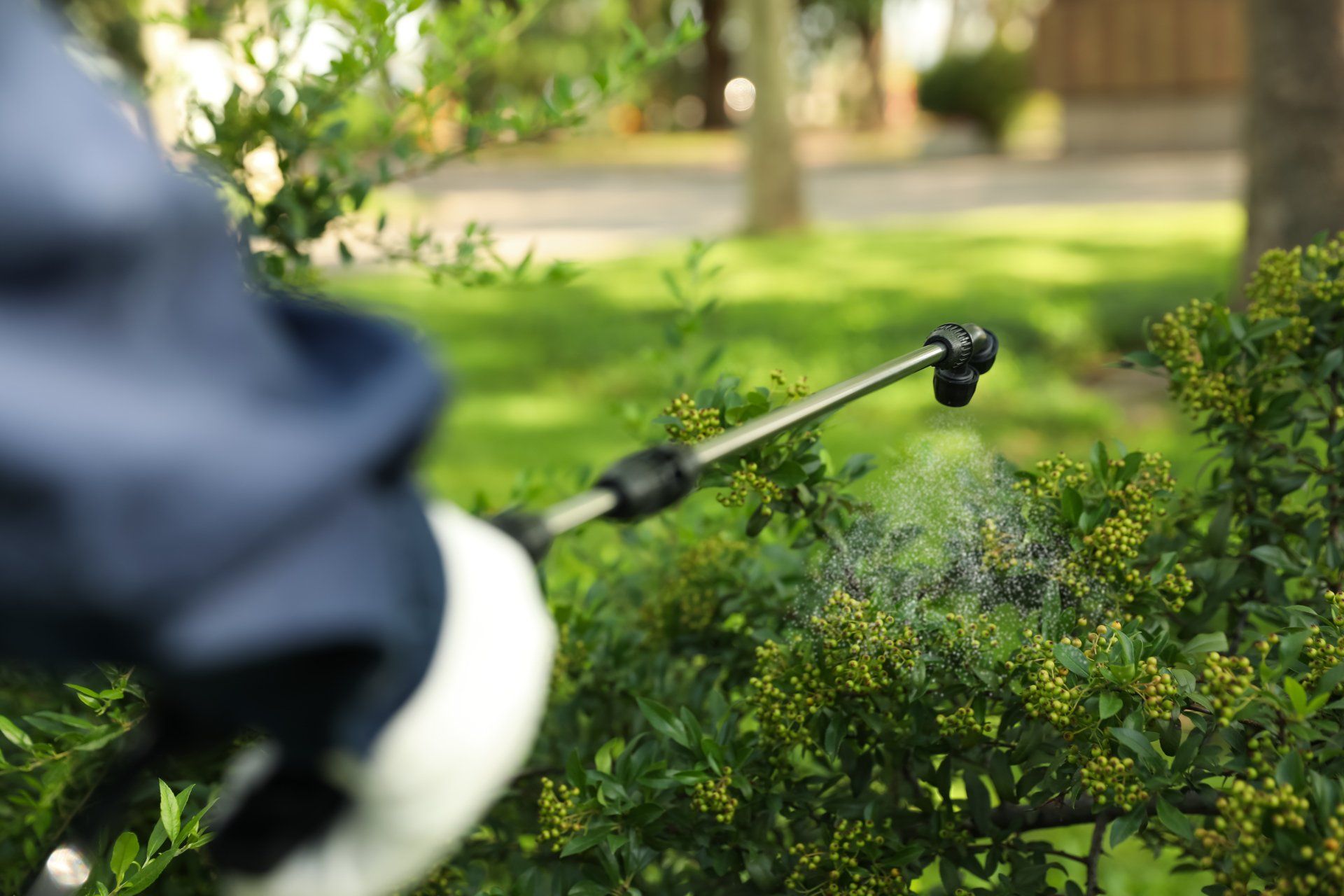(405) 793-7482 | Oklahoma City, Ok | Mon-fri: 8AM-6PM | Sat & Sun: appt. only
Why Pests Invade Homes

How Pests Find Homes in Winter Season- A Better Exterminators
As the seasons get colder and your heating systems begin to work their magic, warmth is what will make your house a home. However, with all of the comfort you and your loved ones will be experiencing, there is a vast ecosystem of bugs and rodents that are eager to claim some of that warmth for themselves.
It's important to take protective measures during the winter months so you can live in peace and comfort. A Better Exterminators works to help you understand why bugs infest your homes in the first place and what you can do to defend it.
Reasons Pests Infest Your Home
Food, Water, and Shelter
Just like any other living organism, basic survival tends to hinge on these three basic needs. Rodents and bugs alike are all looking for a safe place to call home, and one that is near an abundance of resources. Unfortunately, the warmth, access to clean water, and abundance of food sources make your home just as ideal for pests.
Most Pests Can't Survive the Cold
While some animals and bugs are more well-equipped to handle extreme temperatures than humans are, they can still be very sensitive to extreme temperatures. So, encountering the warmth of your home is such a stark contrast that they will continue to flock to it. When faced with the prospect of survival, your home is the ideal environment for them to live in.
How to Keep Pests Out During the Winter
Keep Your House Clean
Cleaning your house may seem like a no-brainer, but it really can have a positive impact on your health and safety. Clutter, especially in trash cans, sinks, countertops, and other frequently used areas, tends to leave water and food sources out in the open. By not cleaning them up, you are making food sources more accessible to pests, which increases the likelihood of them working their way into your home.
Clean the Gutters
Gutters are designed to catch and dispose of the water safely off of your roof. However, they are notorious for collecting organized material, such as leaves and sticks during the fall season. If they aren't cleaned out, the organic material could become a primary food source (or even a home) for surrounding bugs and rodents. Cleaning out the gutters not only protects the gutters themselves, but also reduces the concentration of pests around your home.
Check for Leaks
Leaks are bad enough on their own. Water damage can quickly spread and destroy surrounding food, contaminate surfaces, cause premature rotting, and encourage mold growth. Throw bugs or rodents into the mix, and the leak has become a very multi-faceted problem. Checking for leaks and taking care of them will decrease access to stray water, which will reduce the likelihood that pests will infest your home to find it.
Move Wood and Leaves Away From the House
Wood and leaves are vital components of many habitats. After you rake up leaves and clean up your yard, be sure to keep the piles as far away from your home as possible. Bugs and many rodents will eventually acquaint the pile, and if it is too close to your home, the warmth may encourage them to infest that as well.
Seal Entryways
Many bugs and rodents are capable of squeezing in through extremely tight spaces. Filling in gaps is important not just for ensuring an airtight, watertight seal but also to keep bugs out as well. Otherwise, the door is literally wide open for entire colonies of bugs to come in as often and as quickly as they please.
Schedule An A-Better Consultation
A-Better Exterminators has years of experience helping Oklahoma homeowners protect their homes and live in comfort throughout the winter. If you are dealing with an infestation and need an experienced professional to take care of it, e are here to serve you. For more information, contact one of our specialists today.

Our Services
Contact Us
